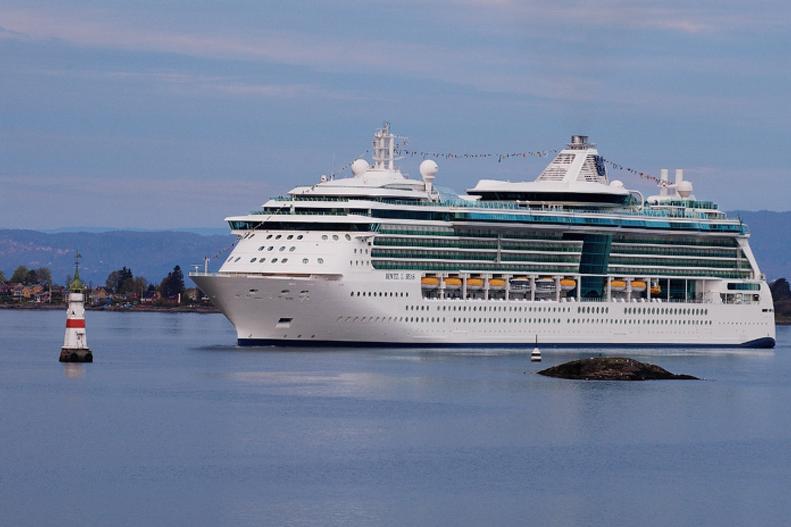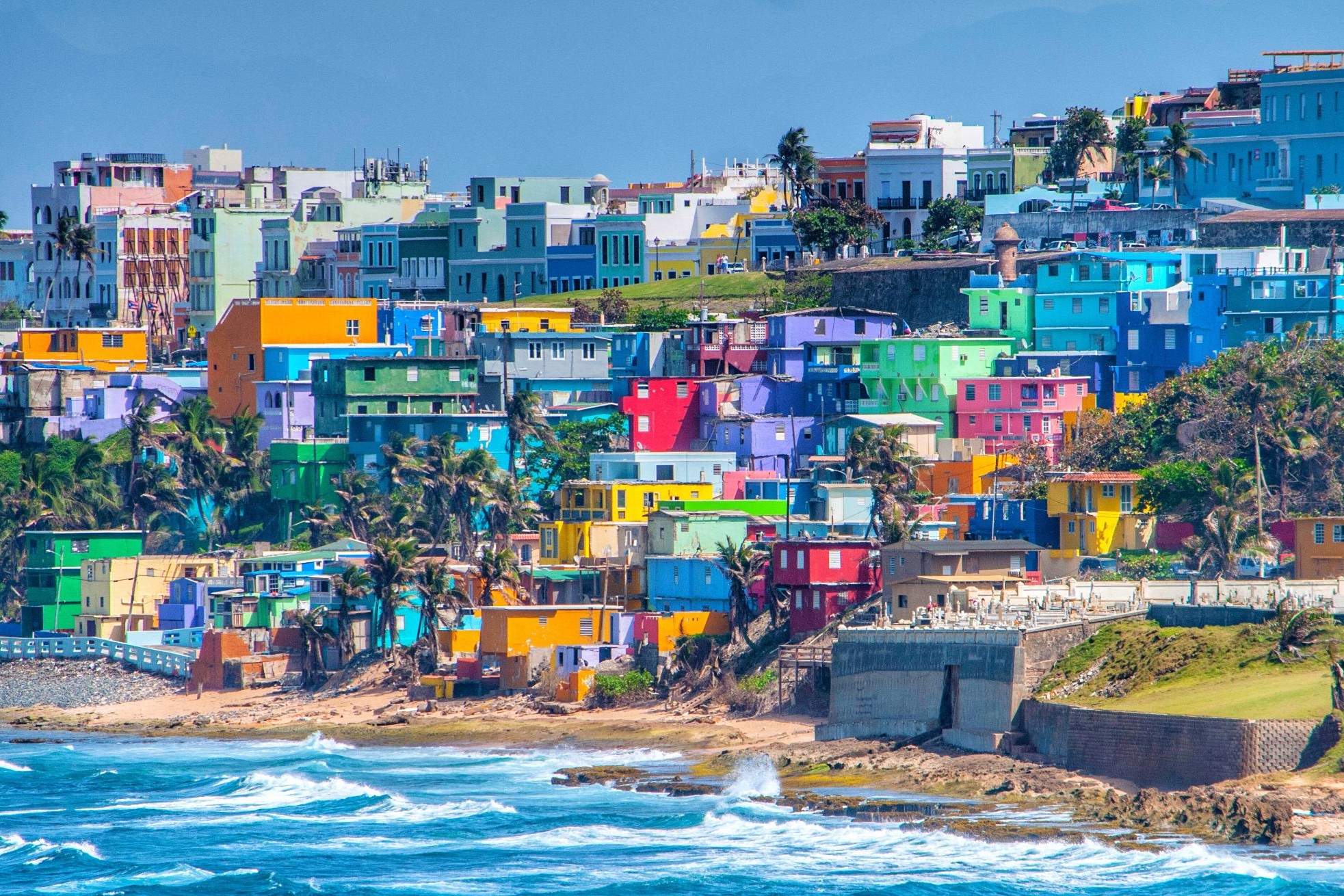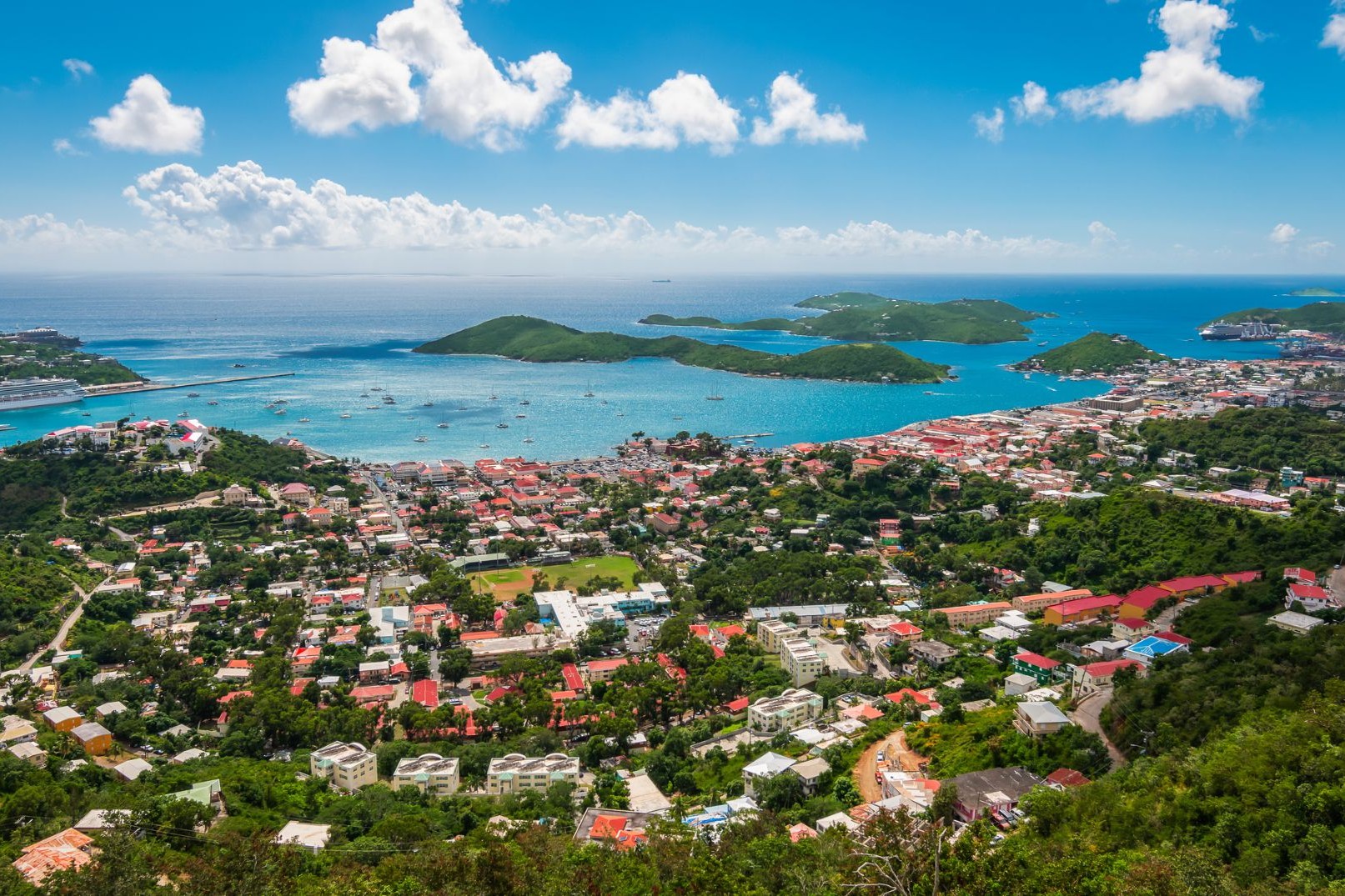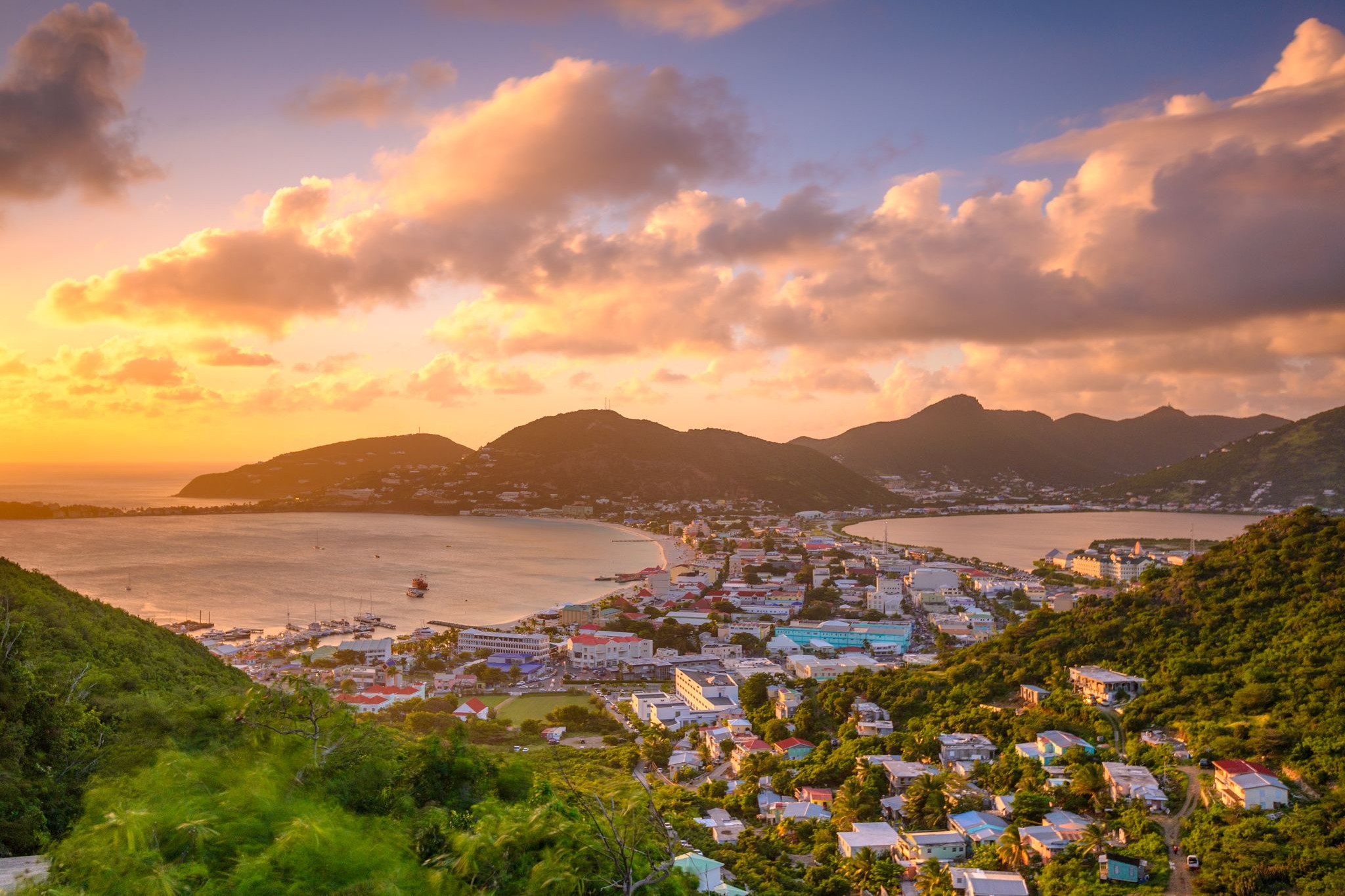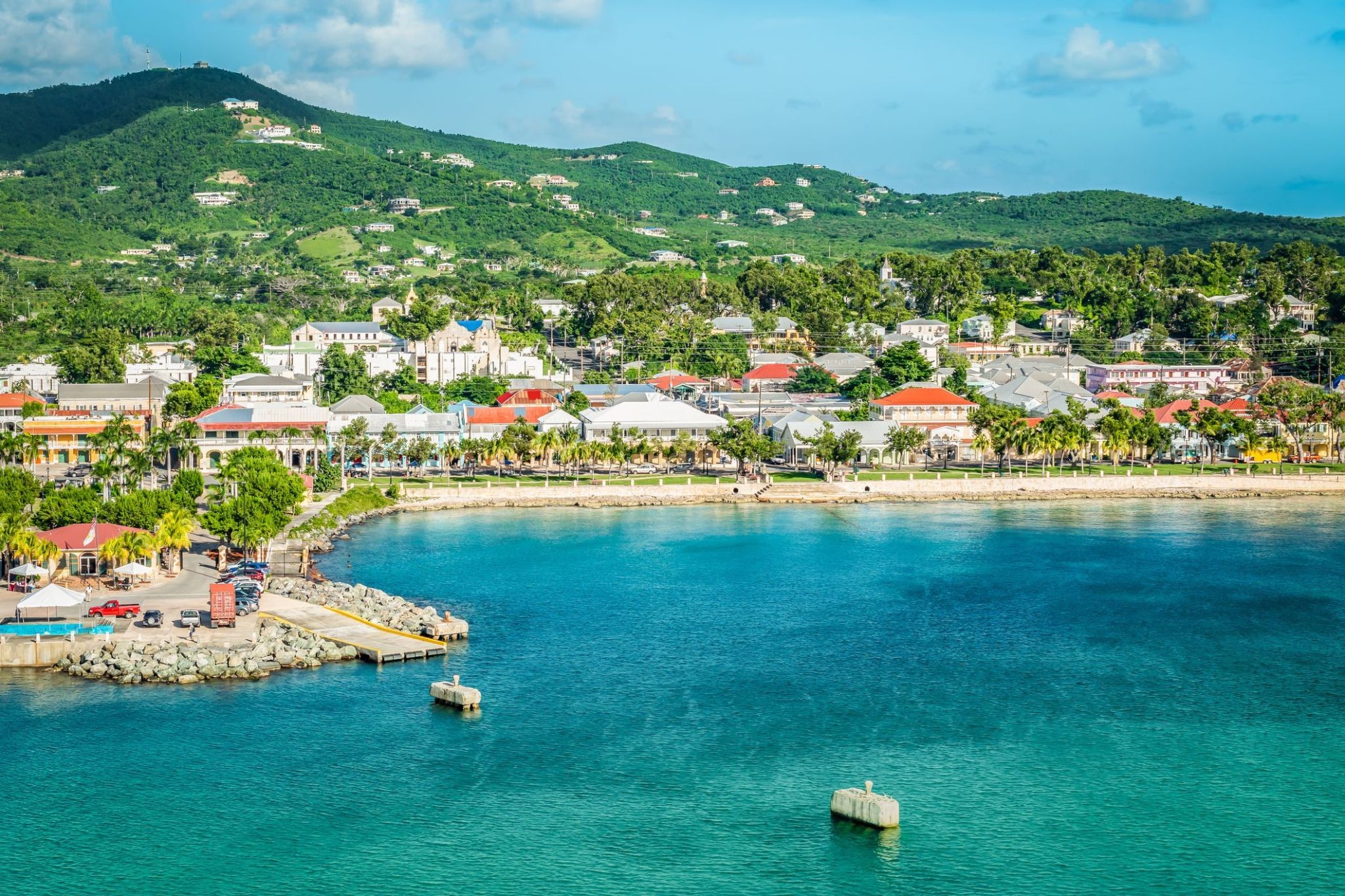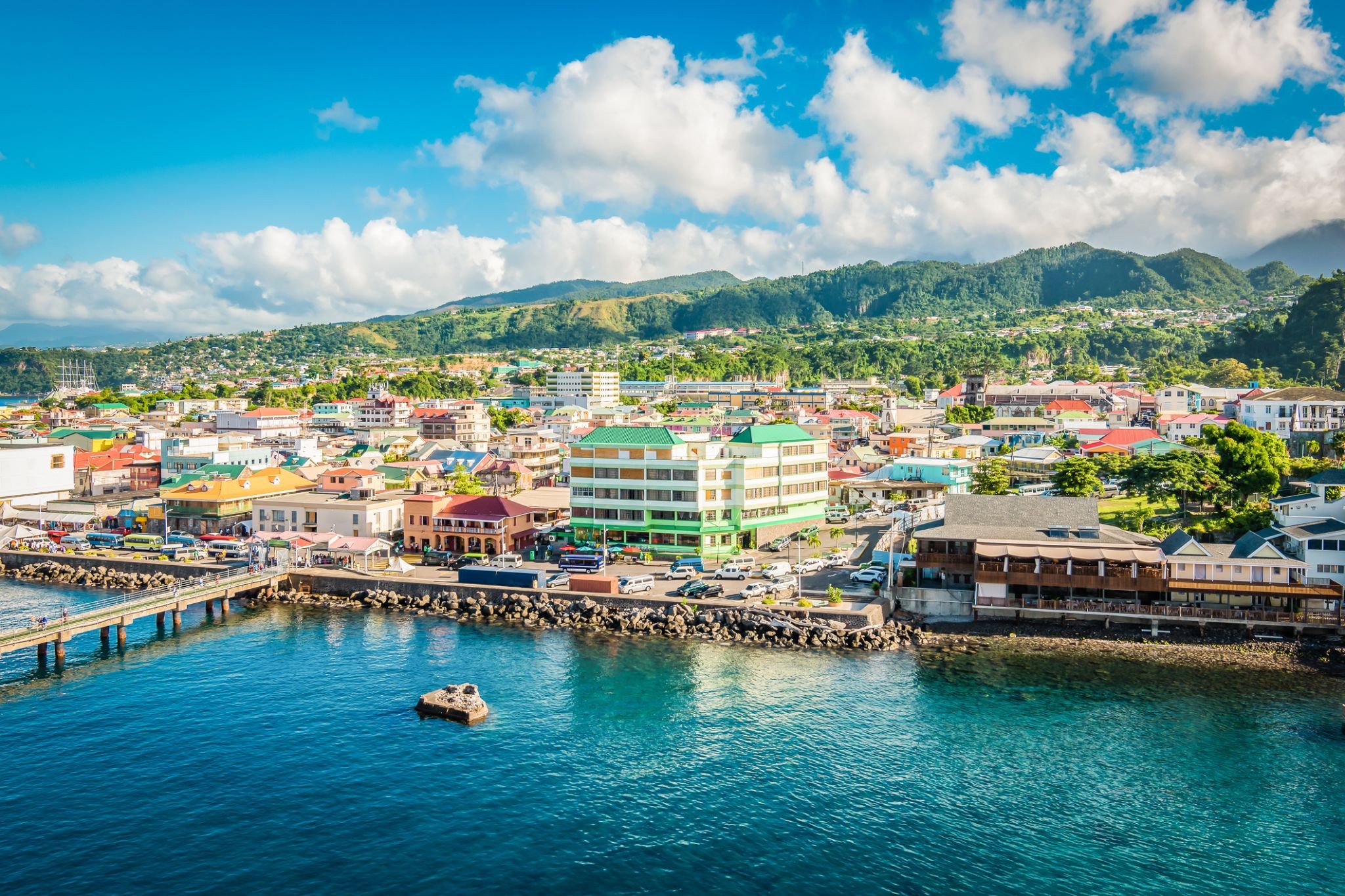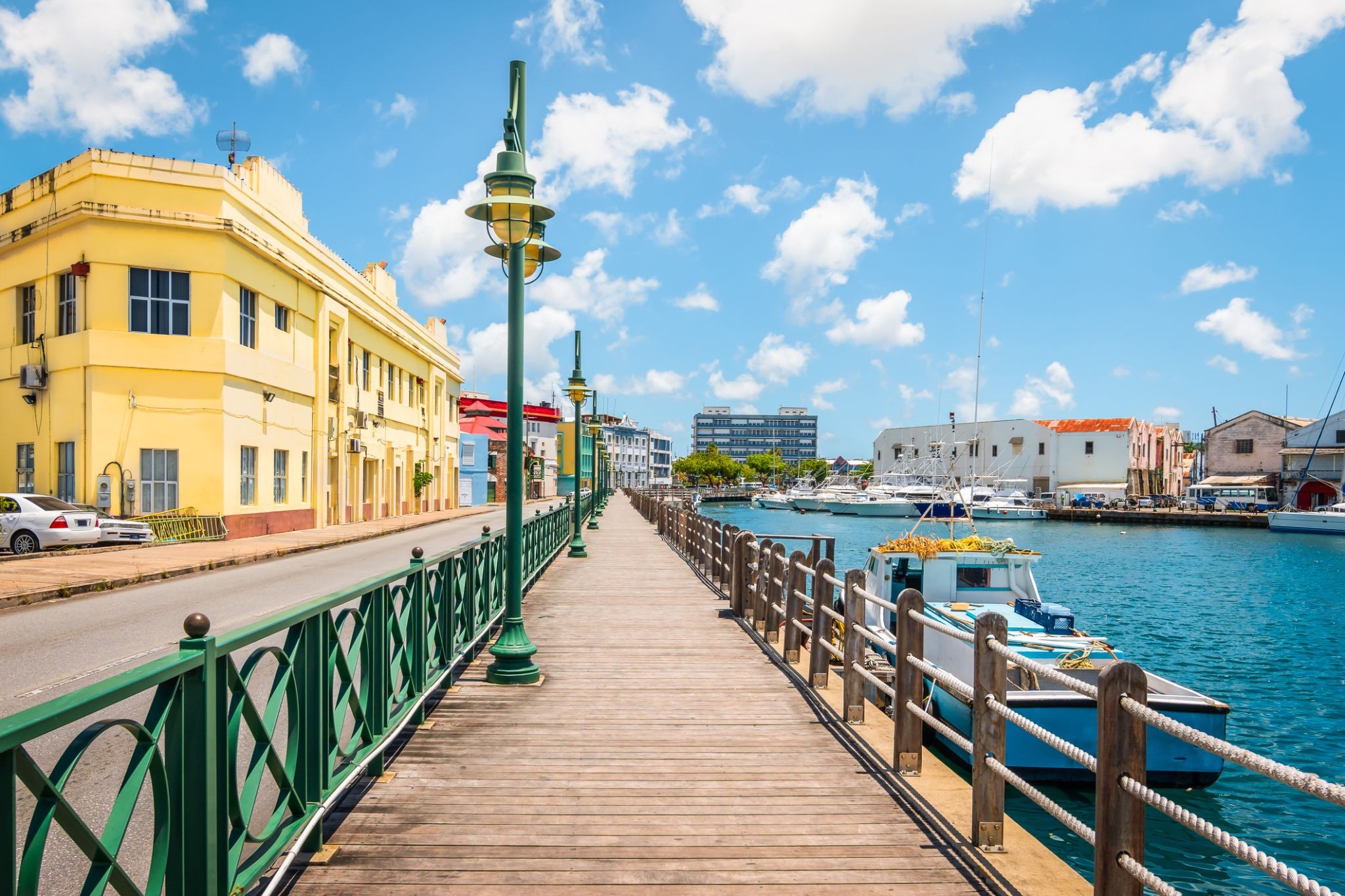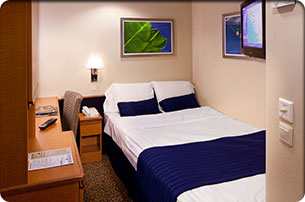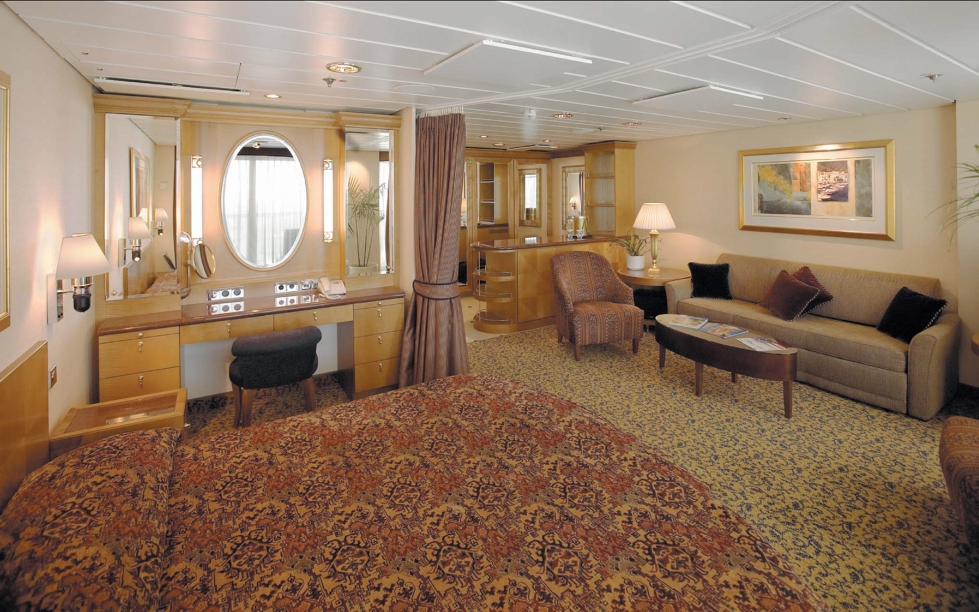Rejs 30 882 934
7 nocy, z San Juan
| Region rejsu : Karaiby |
| Firma : Royal Caribbean International |
| Statek : Jewel of the Seas |
| Data rozpoczęcia : sob. 31 sty 2026 |
| Data zakończenia : sob. 07 lut 2026 |
| Liczba nocy : 7 nocy |
Harmonogram
| Dzień | Data | Port | Wypłynięcie | Odpłynięcie |
|---|---|---|---|---|
| 1 | 31.01 sob. | San Juan / Portoryko | 20:00 | |
| 2 | 1.02 niedz. | Charlotte Amalie, ks. Święty Tomasz / Wyspy Dziewicze | 08:00 | 18:00 |
| 3 | 2.02 pon. | Philipsburg / Saint Martin | 08:00 | 18:00 |
| 4 | 3.02 wt. | Saint Croix (Wyspy Dziewicze Stanów Zjednoczonych) / Wyspy Dziewicze | 08:00 | 17:00 |
| 5 | 4.02 śr. | Róża / Dominica | 08:00 | 18:00 |
| 6 | 5.02 czw. | Bridgetown / Barbados | 08:00 | 18:00 |
| 7 | 6.02 pt. | Dzień na morzu / Morze | ||
| 8 | 7.02 sob. | San Juan / Portoryko | 06:00 |
- Zakwaterowanie w wybranej kategorii kajuty.
- Wyżywienie w systemie “All Inclusive” (z wyjątkiem alternatywnych restauracji).
- Bezpłatne napoje: woda, herbata, kawa w punktach samoobsługowych na statku.
- Program kulturalny na pokładzie: wieczorne przedstawienia, teatr, muzyka na żywo i inne atrakcje.
- Dostęp do klubów nocnych i dyskotek.
- Aktywne rozrywki na pokładzie.
- Możliwość korzystania z biblioteki.
- Dla dzieci organizowane są zajęcia w klubach dla dzieci.
- Dostęp do basenów i jacuzzi.
- Siłownia i kort sportowy.
- Usługi stewarda i codzienne sprzątanie kajuty.
- Opłaty portowe i podatki.
Royal Caribbean International dba o swoich pasażerów, zapewniając im komfort i różnorodność atrakcji na pokładzie.
- Lot samolotem.
- Transfery.
- Wizy na trasie.
- Hotel przed i po rejsie
- Napiwki dla personelu*.
- Restauracje alternatywne.
- Napoje alkoholowe i niektóre napoje bezalkoholowe.
- Dostęp do internetu i telefon na pokładzie.
- Kasyno na pokładzie.
- Usługi pralni / chemicznej.
- Salon urody i centrum SPA.
- Wycieczki w portach (opcjonalnie).
*Rozmiar napiwków zależy od wybranej kategorii kajuty:
- Wewnętrzna kajuta / okno / balkon / Junior Suite: 18,00 USD na osobę za noc.
- Suite (z wyjątkiem Junior Suite): 20,50 USD na osobę za noc.
Depending on the cruise date, a payment is required to confirm the cabin. After the prepayment is made, the manager confirms the application in the cruise system and notifies you by e-mail.
Cruise Duration Deposit (prepayment)
1-5 nights $100/person
6-9 nights $250/person
10 and more nights $450/person
Full payment
60 days before the cruise
Full payment (cruises from December 24-31)
90 days before the cruise
Standard Penalties for Royal Caribbean Intl. Cruises
Cancelation Period Cancellation Policy
1-5 Nights 6 Nights or More
90-61 Days Prior to Arrival $35/person $70/person
60-46 Days Prior to Arrival In the Amount of Deposit
45-31 Days Prior to Arrival 25% of the Full Cruise Cost, but no less than the Deposit
30-15 Days Prior to Arrival 50% of the Full Cruise Cost, but no less than the Deposit
14 Days Prior to Arrival/No-Show for Boarding 100% of the Cruise Cost
Penalties for Royal Caribbean Intl. New Year's Cruises (December 24-31)
Period in which the cancellation took place Cancellation conditions
1-5 nights 6 or more nights
90-61 days before arrival In the amount of the deposit
60-46 days before arrival 25% of the full cost of the cruise, but not less than the deposit amount
50% of the full cost of the cruise, but not less than the deposit amount
45-31 days before arrival 50% of the full cost of the cruise, but not less than the deposit amount
30-15 days before arrival 75% of the full cost of the cruise, but not less than the deposit amount
14 days before arrival/no show for boarding 100% of the cost of the cruise
-
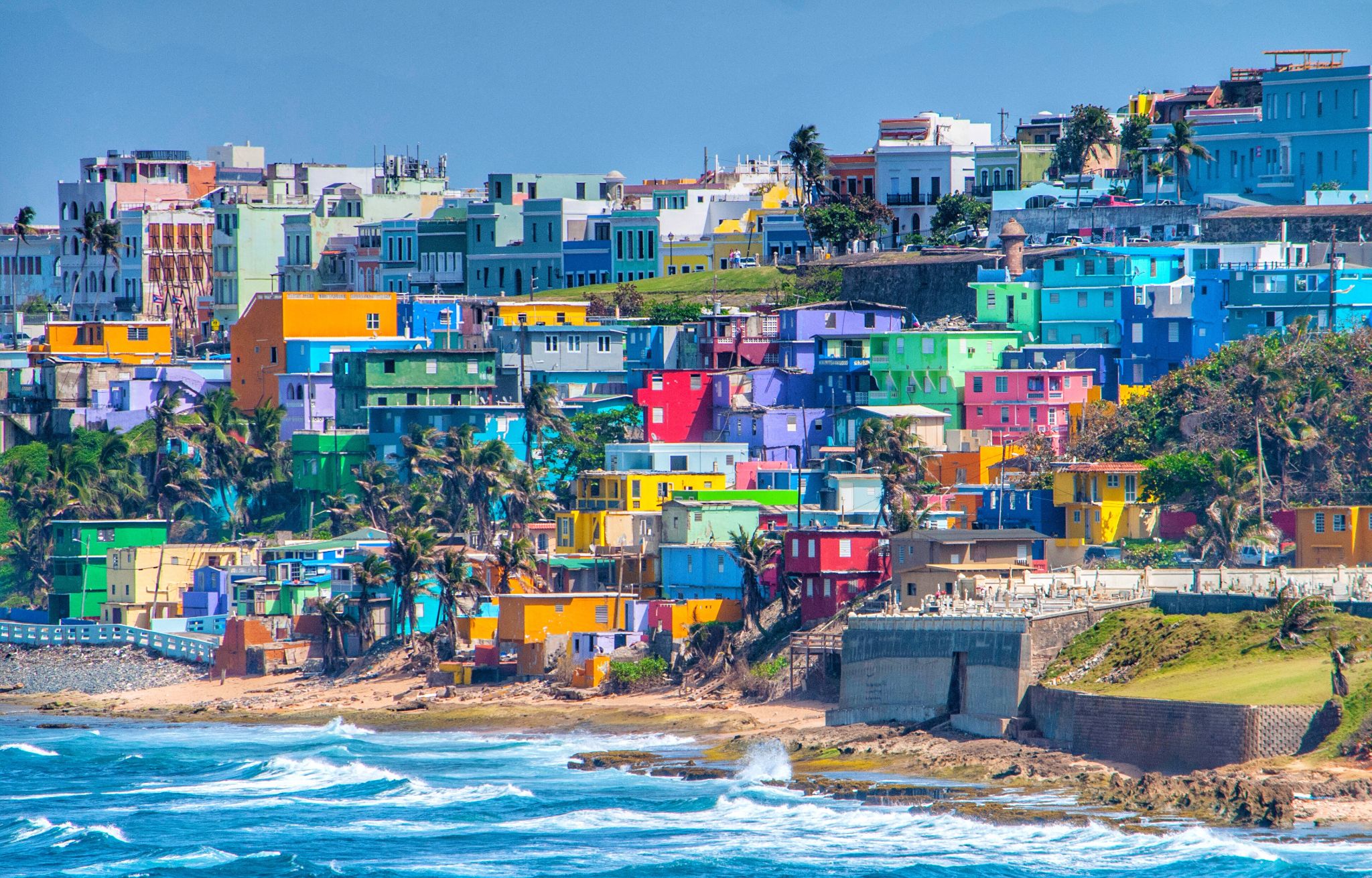 Dzień 1: 00:00-20:00
Dzień 1: 00:00-20:00San Juan / Portoryko
San Juan
-
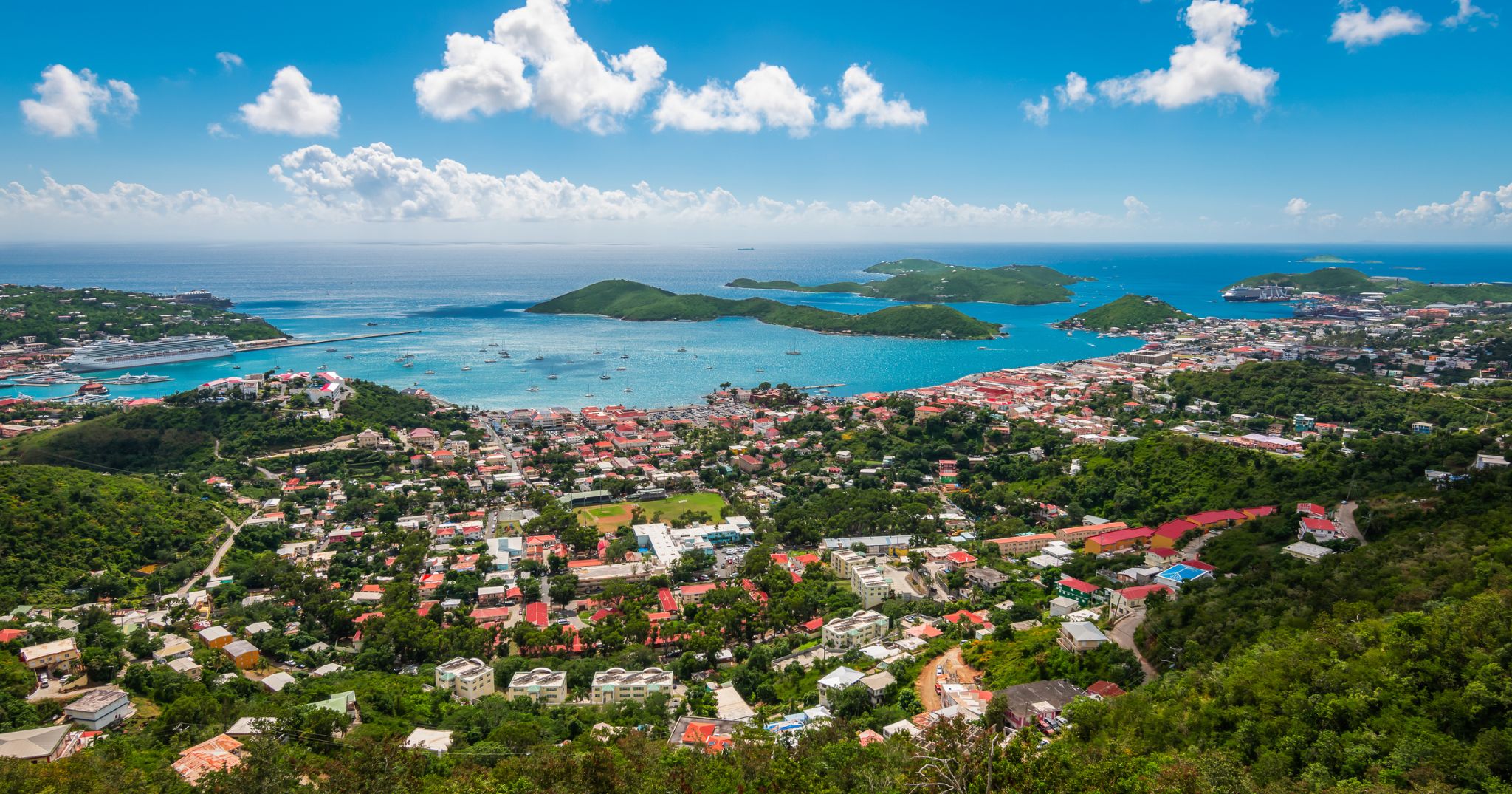 Dzień 2: 08:00-18:00
Dzień 2: 08:00-18:00Charlotte Amalie, ks. Święty Tomasz / Wyspy Dziewicze
-
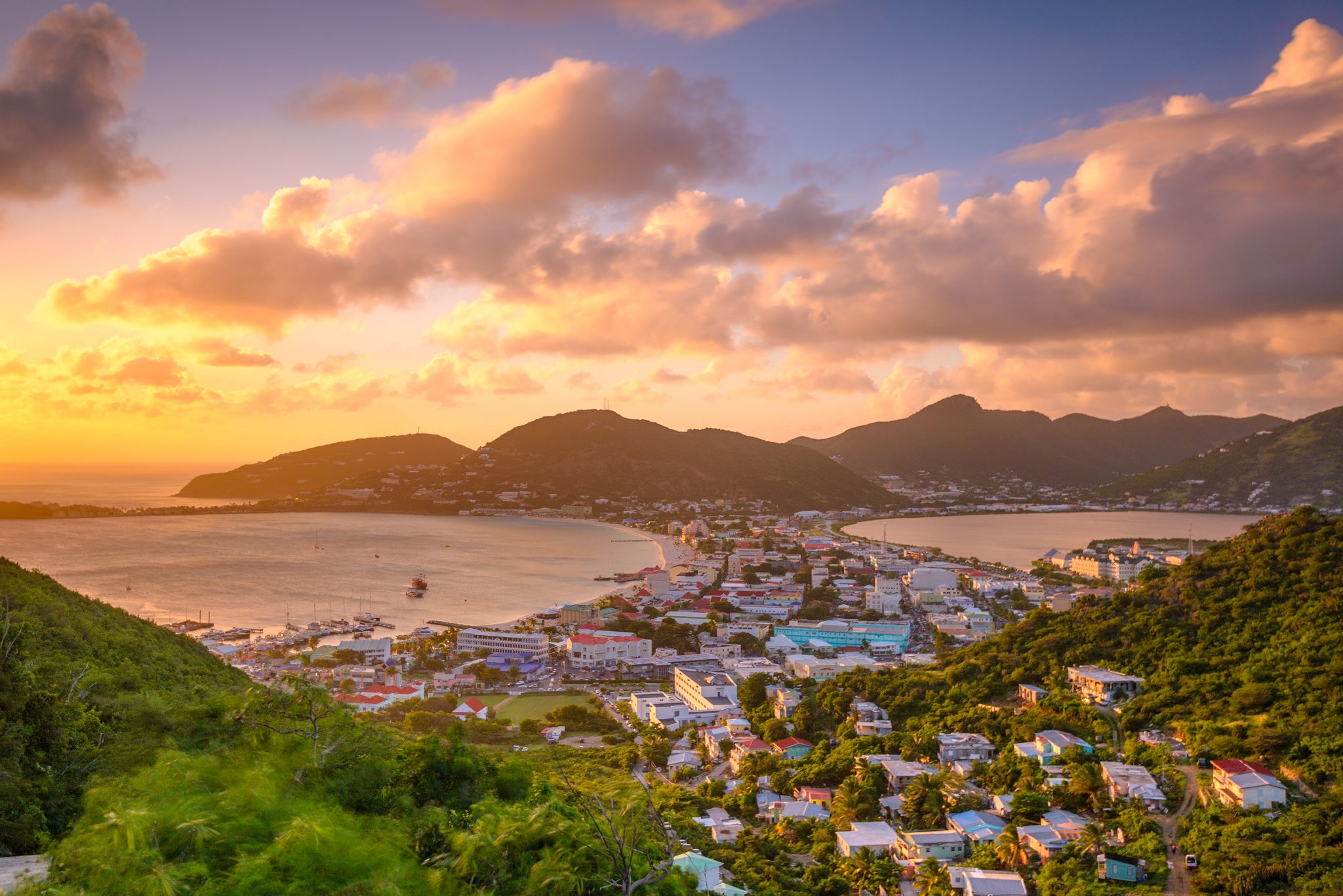 Dzień 3: 08:00-18:00
Dzień 3: 08:00-18:00Philipsburg / Saint Martin
-
 Dzień 4: 08:00-17:00
Dzień 4: 08:00-17:00Saint Croix (Wyspy Dziewicze Stanów Zjednoczonych) / Wyspy Dziewicze
Saint Croix to największa z Wysp Dziewiczych Stanów Zjednoczonych, położona na Morzu Karaibskim. Wyspa charakteryzuje się zróżnicowanym krajobrazem: od zielonych wzgórz i lasów namorzynowych po białe plaże i rafy koralowe. Jest znana z bogatej historii — zachowały się tu budowle kolonialne, dawne plantacje oraz forty z czasów panowania duńskiego. Historyczne miasta Christiansted i Frederiksted oferują turystom możliwość zanurzenia się w kolonialnej atmosferze i spacerów wzdłuż nabrzeża.
Saint Croix to również popularne miejsce wśród miłośników podwodnego świata: niedaleko znajduje się Buck Island Reef, jeden z nielicznych podwodnych parków narodowych w USA. Wyspa doskonale nadaje się do nurkowania, snorkelingu i spływów kajakowych. Oprócz przyrody przyciągają także lokalne festiwale, kuchnia kreolska i karaibska oraz możliwość spokojnego wypoczynku z dala od tłumów turystów.
-
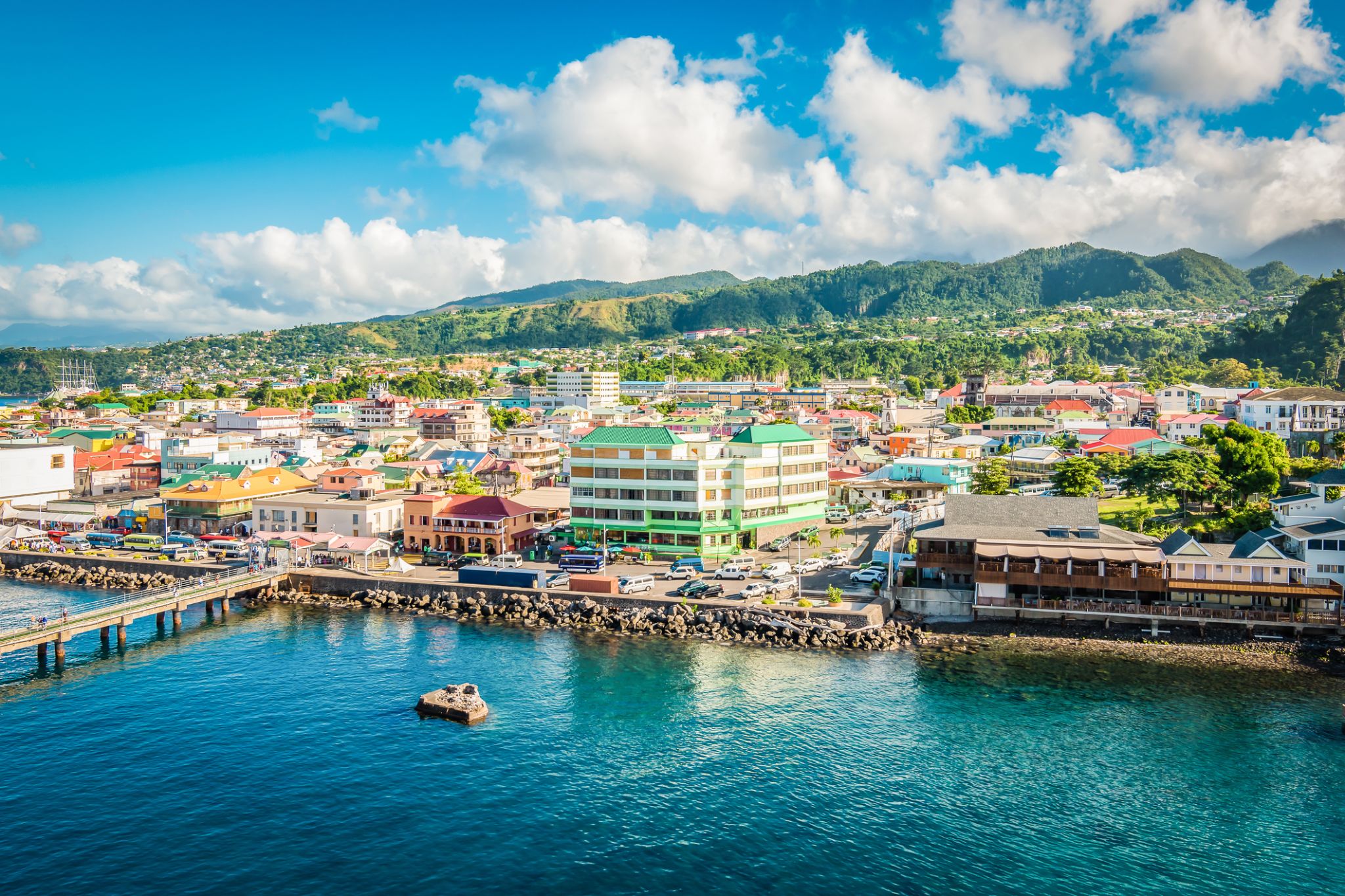 Dzień 5: 08:00-18:00
Dzień 5: 08:00-18:00Róża / Dominica
Dominica, officially the Commonwealth of Dominica, is an island country in the West Indies. The capital, Roseau, is located on the western side of the island. It is part of the Windward Islands in the Lesser Antilles archipelago in the Caribbean Sea. The island is located near Guadeloupe to the northwest and Martinique to the south-southeast. Its area is 750 km2 (290 sq mi), and the highest point is Morne Diablotins, at 1,447 m (4,747 ft) in elevation. The population was 71,293 at the 2011 census. The Commonwealth of Dominica is one of the Caribbean's few republics.
The island was originally inhabited by the Kalinago and later colonised by Europeans, predominantly by the French from the 1690s to 1763. Columbus is said to have passed the island on Sunday 3 November 1493, and the island's name is derived from the Latin for "Sunday". Great Britain took possession in 1763 after the Seven Years' War, and it gradually established English as its official language. The island republic gained independence in 1978.
Its name is pronounced with emphasis on the third syllable, related to its French name of Dominique. Dominica has been nicknamed the "Nature Isle of the Caribbean" for its natural environment. It is the youngest island in the Lesser Antilles, and in fact it is still being formed by geothermal-volcanic activity, as evidenced by the world's second-largest hot spring, called Boiling Lake. The island has lush mountainous rainforests, and it is the home of many rare plants, animals, and bird species. There are xeric areas in some of the western coastal regions, but heavy rainfall occurs inland. The Sisserou parrot, also known as the imperial amazon and found only on Dominica, is the island's national bird and featured on the national flag, which is one of only two national flags containing the color purple.
-
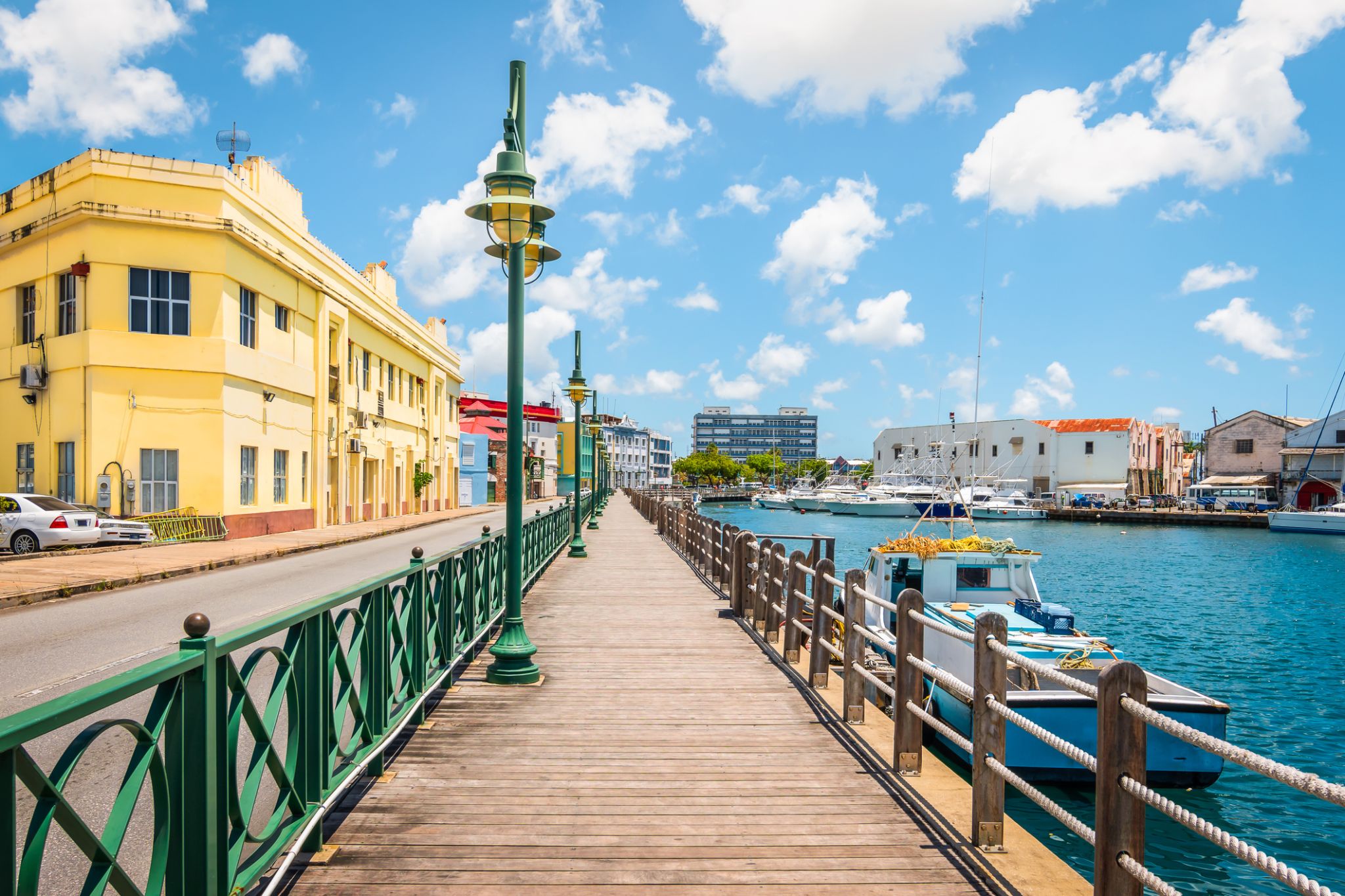 Dzień 6: 08:00-18:00
Dzień 6: 08:00-18:00Bridgetown / Barbados
Bridgetown to stolica i największe miasto Barbadosu. Dawniej znane jako „Miasto św. Michała” (The Town of Saint Michael), obszar Greater Bridgetown znajduje się w parafii św. Michała. Miejscowi czasami nazywają je „Miastem” (The City), ale najczęściej po prostu „Town”. W 2014 roku populacja aglomeracji wynosiła około 110 000 mieszkańców.
Port Bridgetown znajduje się w zatoce Carlisle (13.106°N 59.632°W) na południowo-zachodnim wybrzeżu wyspy. Części obszaru Greater Bridgetown, ogólnie zdefiniowane przez obwodnicę (ABC Highway), leżą blisko granic sąsiednich parafii Christ Church i St. James. Międzynarodowe lotnisko Grantley Adams znajduje się 16 kilometrów na południowy wschód od centrum Bridgetown i oferuje codzienne loty do głównych miast Wielkiej Brytanii, USA, Kanady i Karaibów. Obecnie nie ma już lokalnych władz miejskich; Bridgetown jest okręgiem wyborczym w parlamencie krajowym. W latach 50. i 60. XX wieku, podczas istnienia Federacji Brytyjskich Terytoriów Indyjskich, Bridgetown było jednym z trzech miast rozważanych jako możliwa stolica federacji.
Obecna lokalizacja miasta została założona przez angielskich osadników w 1628 roku; wcześniejsza osada pod nadzorem Sir Williama Courtena znajdowała się w St. James Town. Bridgetown jest ważnym celem turystycznym na Karaibach, a także znaczącym centrum finansowym, informatycznym, konferencyjnym i portem dla statków wycieczkowych. 25 czerwca 2011 roku „Historyczne Bridgetown i jego garnizon” zostały wpisane na listę światowego dziedzictwa UNESCO.
-
 Dzień 7:
Dzień 7:Dzień na morzu / Morze
-
 Dzień 8: 06:00-00:00
Dzień 8: 06:00-00:00San Juan / Portoryko
San Juan

